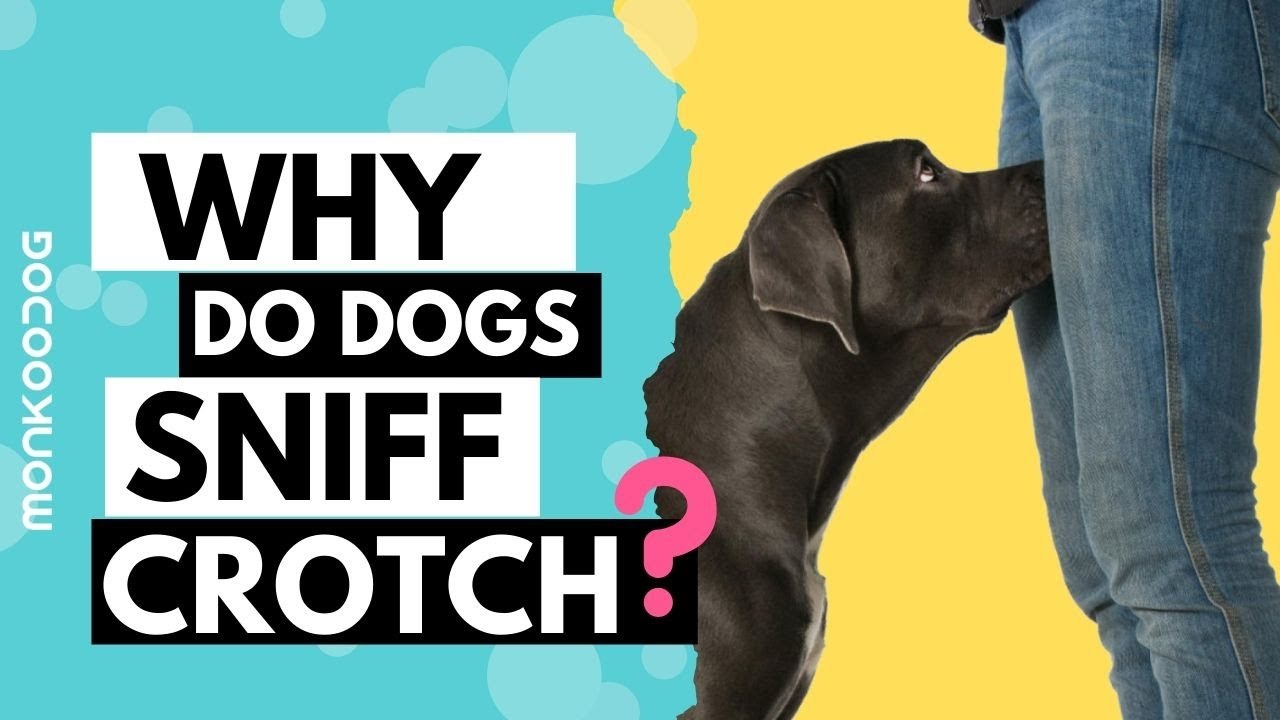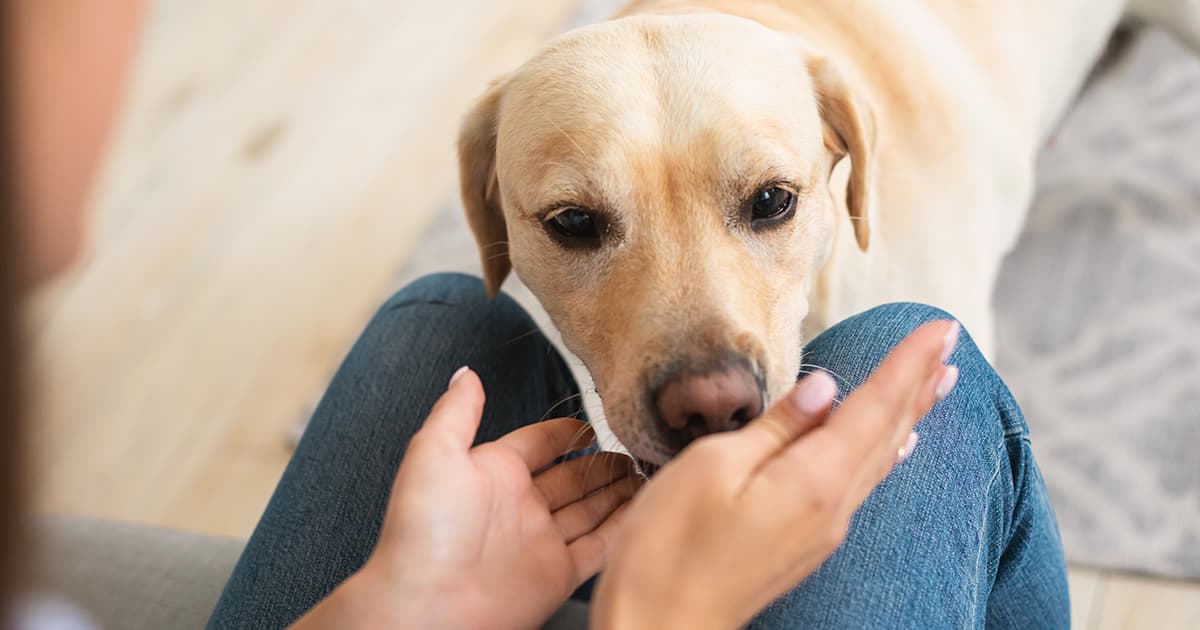If you’ve ever experienced your dog sniffing around your private area, you’re not alone. While it may feel uncomfortable or even embarrassing, this behavior is completely natural in the canine world. Dogs rely heavily on their sense of smell to understand the world around them, and what might feel invasive to us is actually a standard method of gathering information for them.
Let’s explore why dogs exhibit this behavior, what it means, and how to address it appropriately—especially in social settings or if the behavior becomes persistent.
Understanding a Dog’s Sense of Smell

Dogs experience the world primarily through their noses. Unlike humans, who rely largely on sight, dogs have an olfactory system that is anywhere from 10,000 to 100,000 times more sensitive than our own, according to the American Kennel Club (AKC). This makes them incredibly efficient at detecting scents—including subtle chemical signals known as pheromones.
Pheromones are naturally occurring chemicals secreted by animals (including humans) that transmit information such as:
-
Identity and biological sex
-
Reproductive status
-
Mood or emotional state
-
Health and hormonal changes
These chemical markers are most concentrated in areas like the armpits, groin, and genitals, which explains why dogs may be drawn to these specific spots.
Why Dogs Sniff Human Genitals

So, what does it mean when your dog goes straight for that private zone?
Here are the most common reasons:
1. Instinctual Greeting Behavior
In the canine world, sniffing is how dogs greet and familiarize themselves with one another. When two dogs meet, they often sniff each other’s rear ends to gather vital information. When a dog sniffs a human’s groin area, it’s applying the same logic—it’s how they learn about you and your scent profile.
2. Recognition Through Scent
Dogs can recognize individuals by scent, even after long periods apart. If your dog is sniffing you more thoroughly than usual, it may simply be re-establishing a familiar scent profile—especially if you’ve returned home from work, a trip, or being around other animals.
3. Hormonal Changes
Humans go through various hormonal shifts related to menstruation, pregnancy, ovulation, or health issues. Dogs are capable of detecting these changes through scent. For example, many dog owners notice increased sniffing during pregnancy or even during menstruation, as hormonal changes create stronger pheromonal signals.
4. Health Detection
There is increasing evidence that dogs can detect illness through scent, including certain forms of cancer, infections, and hormonal imbalances. Some dogs have been trained to detect conditions like diabetes or seizures before symptoms manifest. While not every dog has this level of training, their noses are still capable of picking up on chemical differences in your body’s scent.
Is This Behavior a Problem?

In most cases, this type of behavior is not harmful—it’s simply your dog being a dog. However, it can become problematic in certain scenarios:
-
Public Embarrassment: A dog sniffing someone in a social setting can make people uncomfortable.
-
Boundary Concerns: Children or guests may not understand this behavior and feel alarmed or uneasy.
-
Excessive Sniffing: If your dog becomes obsessive about sniffing or fixates on one person persistently, it may be a sign of anxiety or overstimulation.
How to Redirect the Behavior
If you’d prefer your dog not to engage in this behavior, especially around other people, training and redirection are key. Here are some tips recommended by professional dog trainers and veterinarians:
1. Teach Basic Commands
Commands like “sit,” “stay,” or “leave it” can help redirect your dog’s focus away from sniffing. Practice regularly using positive reinforcement, such as treats or praise, when they obey.
2. Reward Appropriate Interactions
When your dog behaves well around people without engaging in intrusive sniffing, reward that behavior. Reinforcing what you want is more effective than punishment.
3. Provide Mental Stimulation
Sometimes dogs exhibit inappropriate sniffing behavior because they’re bored or under-stimulated. Ensure your pet has toys, puzzles, and regular walks to keep them mentally engaged.
4. Limit Overexcitement
Some dogs sniff excessively when they’re anxious or overstimulated. Try to keep greetings calm, especially with new people. Let your dog approach on their own terms rather than overwhelming them with sudden contact.
When to Consult a Veterinarian or Behaviorist

If your dog’s behavior seems compulsive or unusually intense, it may indicate an underlying health or behavioral concern. Here’s when it’s worth getting a professional opinion:
-
Repetitive sniffing combined with signs of anxiety, like whining, pacing, or drooling
-
Sudden change in behavior that seems unrelated to training
-
Sniffing paired with aggression or territorial behavior
-
Excessive sniffing of one individual—particularly if your dog is normally well-behaved
A veterinarian can rule out medical causes, and a certified animal behaviorist can help modify the behavior through tailored training techniques.
Educating Guests and Family
If your dog tends to sniff guests, consider offering a gentle explanation so no one feels uncomfortable. You can say:
“Our dog greets people by scent—he’s just getting to know you. We’re working on polite manners, but he means no harm!”
It’s a helpful way to normalize the behavior while also acknowledging the guest’s personal boundaries.
Final Thoughts: Understanding Builds Better Relationships
What might feel awkward in human society is completely natural in the animal kingdom. When your dog sniffs your body—especially private areas—it’s usually a sign of curiosity, familiarity, and affection. Dogs are incredibly perceptive creatures, and their ability to read people through scent is part of what makes them such loyal companions.
As long as the behavior is not obsessive or disruptive, there’s little cause for concern. However, through gentle training, socialization, and consistent boundaries, you can help your dog navigate human interactions with better manners.
Remember, behind every odd behavior is a reason rooted in biology and instinct. Understanding it not only helps you manage it better—but also strengthens the bond you share with your furry friend.
Sources:
Let me know if you’d like a short version for social media or a carousel post for Instagram.